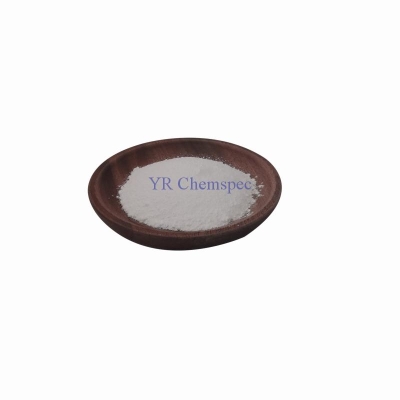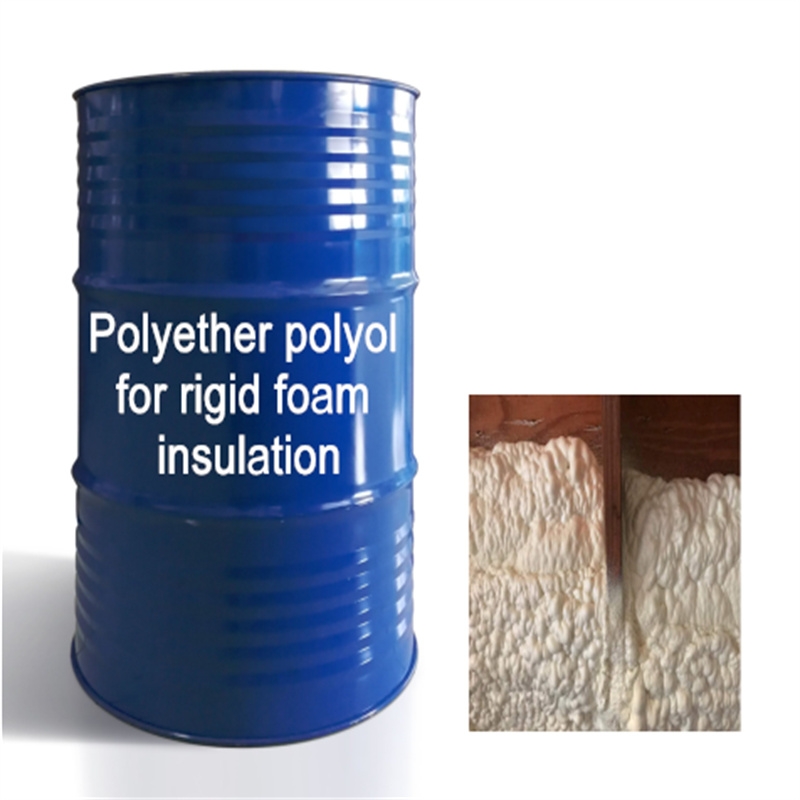-
Categories
-
Pharmaceutical Intermediates
-
Active Pharmaceutical Ingredients
-
Food Additives
- Industrial Coatings
- Agrochemicals
- Dyes and Pigments
- Surfactant
- Flavors and Fragrances
- Chemical Reagents
- Catalyst and Auxiliary
- Natural Products
- Inorganic Chemistry
-
Organic Chemistry
-
Biochemical Engineering
- Analytical Chemistry
- Cosmetic Ingredient
-
Pharmaceutical Intermediates
Promotion
ECHEMI Mall
Wholesale
Weekly Price
Exhibition
News
-
Trade Service
Regarding the quality requirements of ophthalmic preparations: In addition to the inspection items specified under each category, visible foreign matter (eye drops), particle size (ophthalmic preparations and suspension ophthalmic preparations containing the original powder of decoction pieces), Sedimentation volume ratio (except eye drops containing the original powder of decoction pieces), metallic foreign bodies (semi-solid preparations for ophthalmology), loading difference, loading volume, osmolality (aqueous solution eye drops), sterility inspection
(1) Visible foreign body inspection
Unless otherwise specified, the eye drops shall be inspected in accordance with the methods under the eye drops item in the Visible Foreign Body Inspection Law (General Rule 0904) and shall comply with the regulations
Judgment of results: The results of eye drops for non-biological products are determined in accordance with Table 15-10
Table 15-10 Judgment of the results of eye drops for non-biological products
(2) Particle size inspection
1.
(1) This method is applicable to the particle size inspection of ophthalmic preparations and suspension-type ophthalmic preparations containing the original powder of decoction pieces
(2) For ophthalmic preparations and suspension ophthalmic preparations containing the original powder of decoction pieces, particle size inspection should be carried out
2.
(1) Calibration of the eyepiece micrometer: calibrate according to the microscopic identification method (general rule 2001 microscopic measurement)
(2) Measurement method: Check according to the particle size and particle size distribution measurement method (General Rule 0982 First Method Microscope Method)
(3) Take the test product and shake it vigorously, immediately measure an appropriate amount (or equivalent to 10ug of the main drug), place it on a glass slide, and apply 3 sheets in total; or take 3 containers of a suspension type ophthalmic semi-solid preparation for supply For the test product, squeeze all the contents into a suitable container, stir evenly, take an appropriate amount (or equivalent to 10g of the main drug) and place it on a glass slide, and coat it in a thin layer.
3.
(1) When sampling directly, the sampling amount should be appropriate (approximately equivalent to 10ug of the main drug).
(2) For particles with irregular shapes, the maximum value is the size of the particle during measurement
(3) After covering with a cover glass, lightly press to make the particles evenly distributed, taking care to prevent air bubbles from being mixed in
4.
(1) Three smears examined under a microscope, if particles larger than 50um are detected in each smear, no more than 2 (except for the original powder of decoction pieces), and no particles larger than 90um are detected.
To comply with regulations
.
(2) If particles larger than 50um are detected in each smear, if more than 2 particles are detected (except for the original powder of decoction pieces), and particles larger than 90um are detected, it will be judged as non-compliance
.
(3) If particles larger than 50um are detected in each smear, and no more than 2 particles are detected (except for the original powder of decoction pieces), but particles larger than 90um are detected, it will be judged as non-compliance
.
5.
Record
(1) Record the microscope model and the number of smears
.
(2) Record the number of particles larger than 50um and larger than 90um in each smear
.
(3) Check the sedimentation volume ratio
1.
Brief description This method is applicable to suspension eye drops (except for eye drops containing the original powder of decoction pieces), and the purpose of the inspection is to control the sedimentation volume ratio of the eye drops
.
2.
Operation method Unless otherwise specified, use a stopper measuring cylinder to measure 50ml of the test sample, tightly stopper, shake vigorously for 1 minute, record the starting height H of the suspension, let it stand for 3 hours, and record the amount of the suspension The final height H is calculated as follows:
Settling volume ratio = H/H 0 .
.
.
.
.
.
.
.
.
.
.
.
.
(Equation 15-1)
3.
Results and judgment The sedimentation volume ratio of suspension eye drops (except eye drops containing the original powder of decoction pieces) should not be less than 0.
90, and it is judged to meet the requirements
.
If it is less than 0.
90, it is judged as non-compliance
.
4.
Record the starting height of the suspension and the final height of the suspension
.
(4) Metallic foreign body inspection
1.
Brief description This law is applicable to the inspection of metallic foreign bodies in ophthalmic semi-solid preparations
.
The purpose of this inspection is to control the metal particles brought in during the processing, so as not to cause damage to the eyes
.
2.
Method of operation
(1) Put the eyepiece micrometer into the eyepiece, under a low-power microscope (30 times), use the stage micrometer to correct its scale (method according to particle size and particle size distribution measurement method (general rule 0982 first method microscope method) to check
.
(2) Unless otherwise specified, take 10 test samples, and place all the contents in a flat-bottomed petri dish with a diameter of 6 cm and a flat and smooth bottom, free of visible foreign objects and bubbles, and cover, unless otherwise specified, Keep it at 85°C for 2 hours to spread the test product evenly, and let it cool at room temperature until it solidifies
.
(3) Place the petri dish evenly spread with ophthalmic semi-solid preparations on a suitable microscope stage, and illuminate the bottom of the dish with a spotlight from above at an angle of 45°.
The magnification is 30 times, and the inspection is not less than 50um and has gloss The metallic foreign body
.
(4) If the number of metallic foreign objects in each of the 10 containers exceeds 8 particles, no more than one, and the total number should not exceed 50; if the above regulations are not met, another 20 test samples should be taken for retest; The results of the retest are combined.
If there are more than 8 metallic foreign objects in each container among 30, there should be no more than 3, and the total number should not exceed 150
.







